The banking services in the country has made rapid strides in recent years, yet a sizable section of the population, particularly the weaker sections and low-income groups, continue to remain financially excluded, which is perceived as lack of opportunity to graduate them from poverty. Lack of access to finance adversely affects economic growth and is the cause of poverty, as the poor find it difficult to accumulate savings, build assets to protect against risks as well as invest in income generating activities. Over the years, many programs have been launched to ensure greater financial inclusion by the government and RBI. However, due to inherent structural reasons, all these efforts have yielded little. In light of the above, institutional linkage between formal, semi-formal and informal sector has been considered potential strategy to reach out to larger section of the people. This idea has received support from various quarters and a sizable amount of money from the formal sector is channelized through linkage programs with explicit intent of financial inclusion. However, there is scant literature outlining the nature, extent, and outcome of such initiatives. It is in this context; the institutional linkage assumes importance. The present study is focused around Eastern Uttar Pradesh, an underdeveloped region, lagging in financial network and significantly higher poverty levels.
The current study analyses secondary data, inter-institutional contracts and primary data collected from institutions and households and observes that there is growing trend in quantum of resources being channelized through various linkages. However, there is a concern about its sustainability. The study underlines the heterogeneous character of linkages, which exists with a variety of contractual relations. This can have potentially different implications for financial markets and inclusion. The financial inclusion has three broad dimensions, (i) credit for business, livelihood, consumption, emergency and asset creation; (ii) access of banking facilities for contingency planning, i.e. retirement savings, buffer savings and insurable contingencies and (iii) access for banking services for wealth creation. The present study is primarily with regards to addressing the concerns of (i) above. In this context, the impact of interinstitutional linkage has been phenomenal as there has been improvement in dwelling units, availability of power, water, PDS, schooling, primary healthcare services etc., however, poverty levels are still high. Further, as it is believed that credit plays an important role in enabling people to engage in gainful activities for sustenance, yet while deposit facilities were uniformly availed, availment of credit has been fewer. Further, despite the changes that has been brought in by inter-institutional linkages, the credit delivery by MFIs – especially the quantum of loan and pricing require improvement. Finally, through a comparative analysis of the costs and other terms of financial and credit services offered by linked institutions to different sections of the population vis-a-vis other formal sector interventions, the study reveals significant differences which requires attention from the perspectives of financial inclusion.

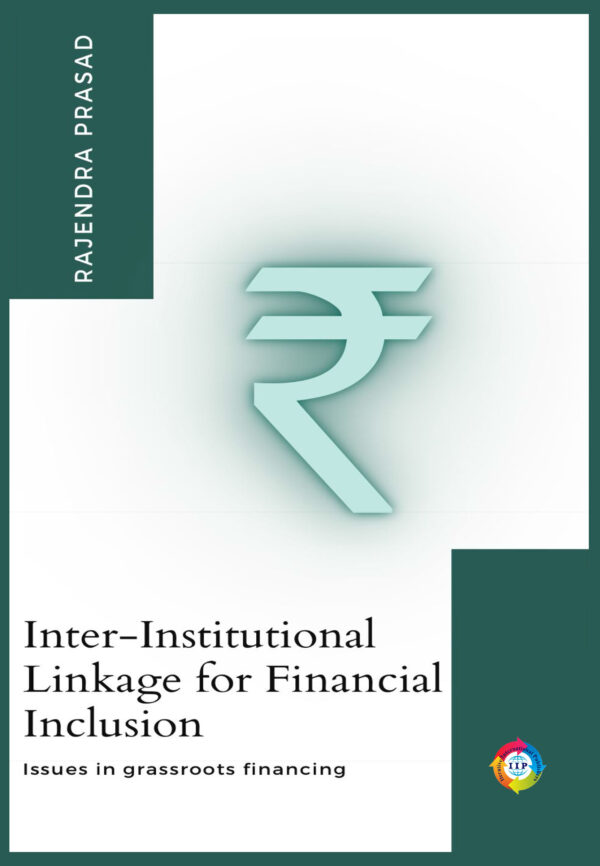

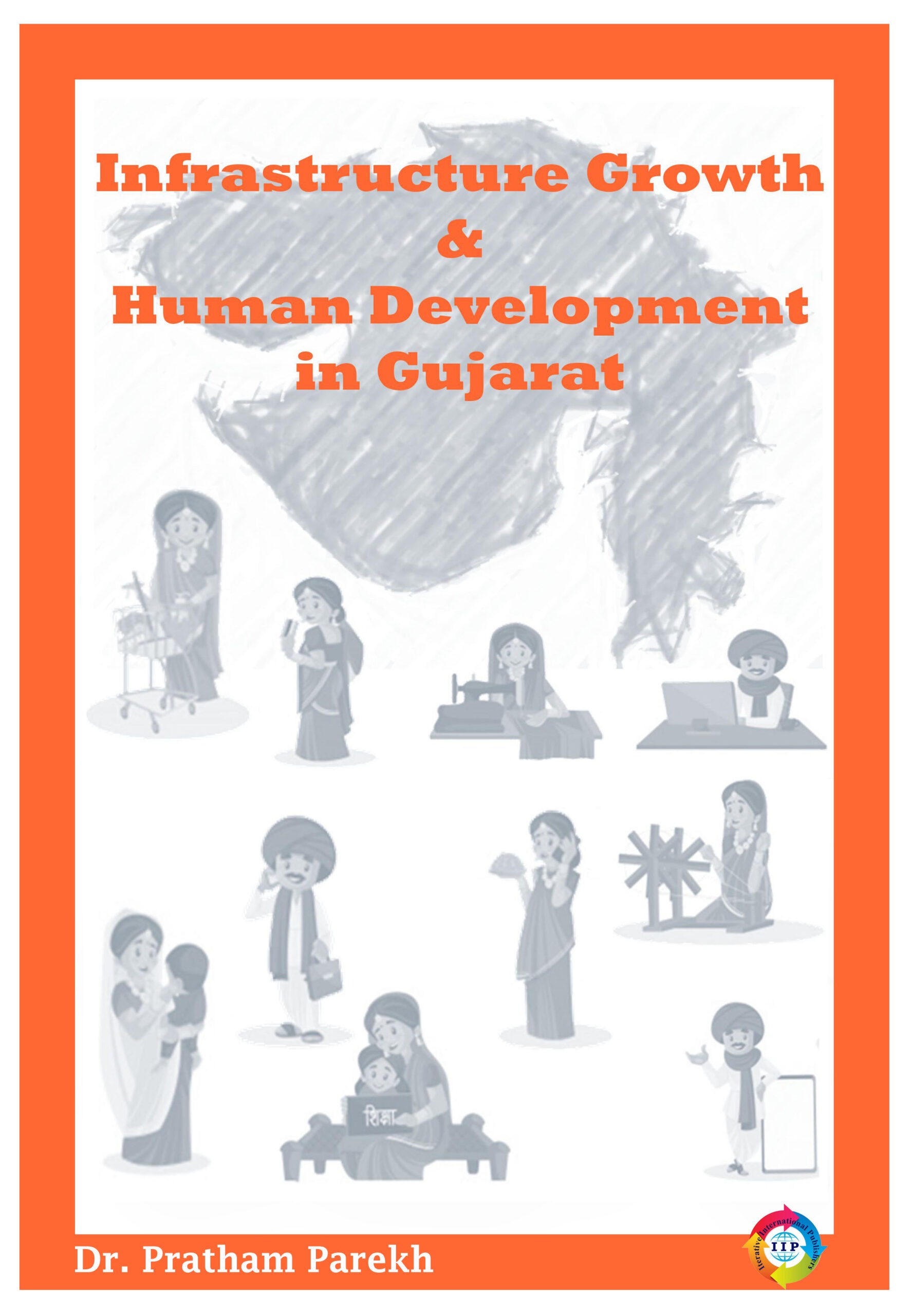
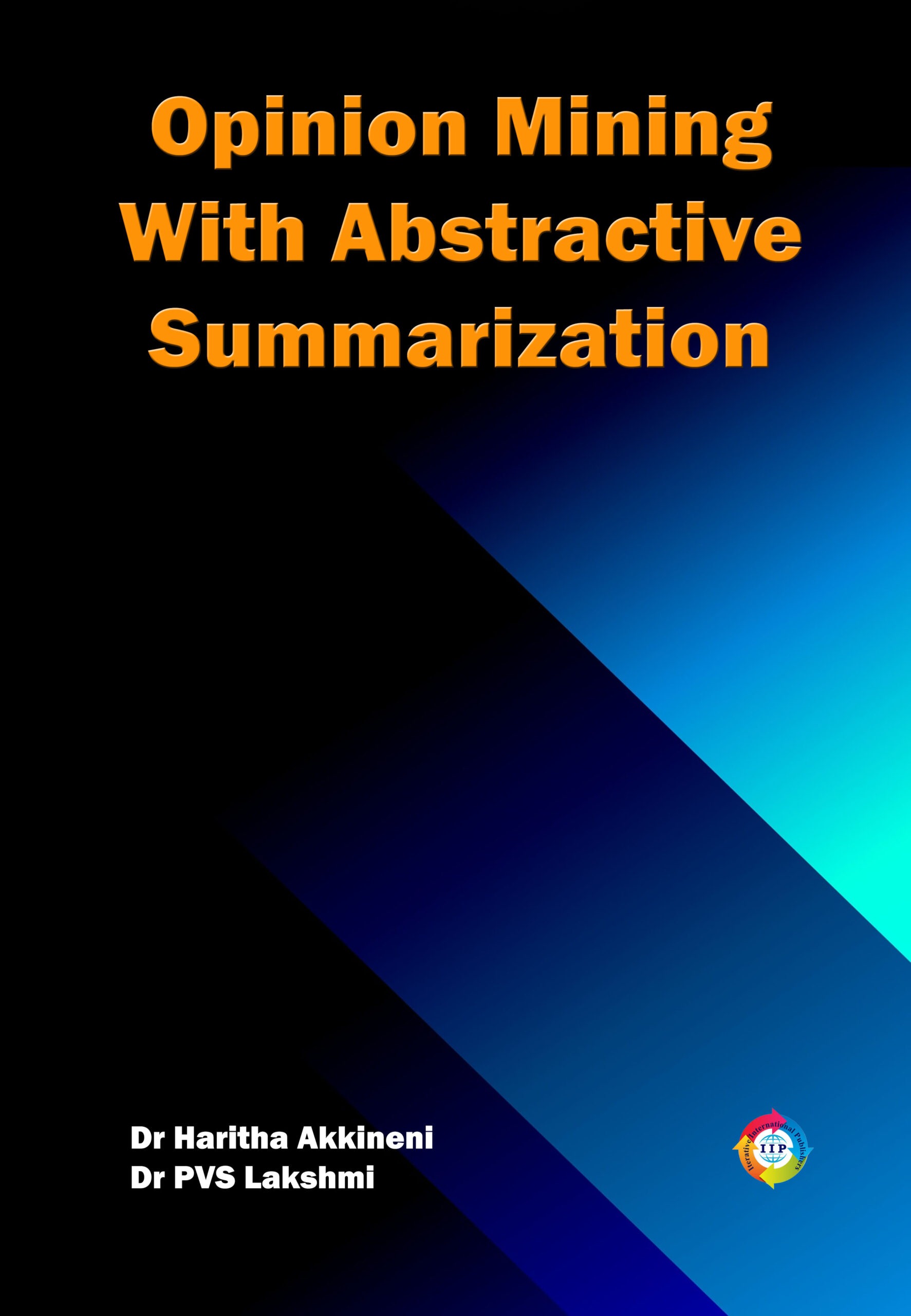
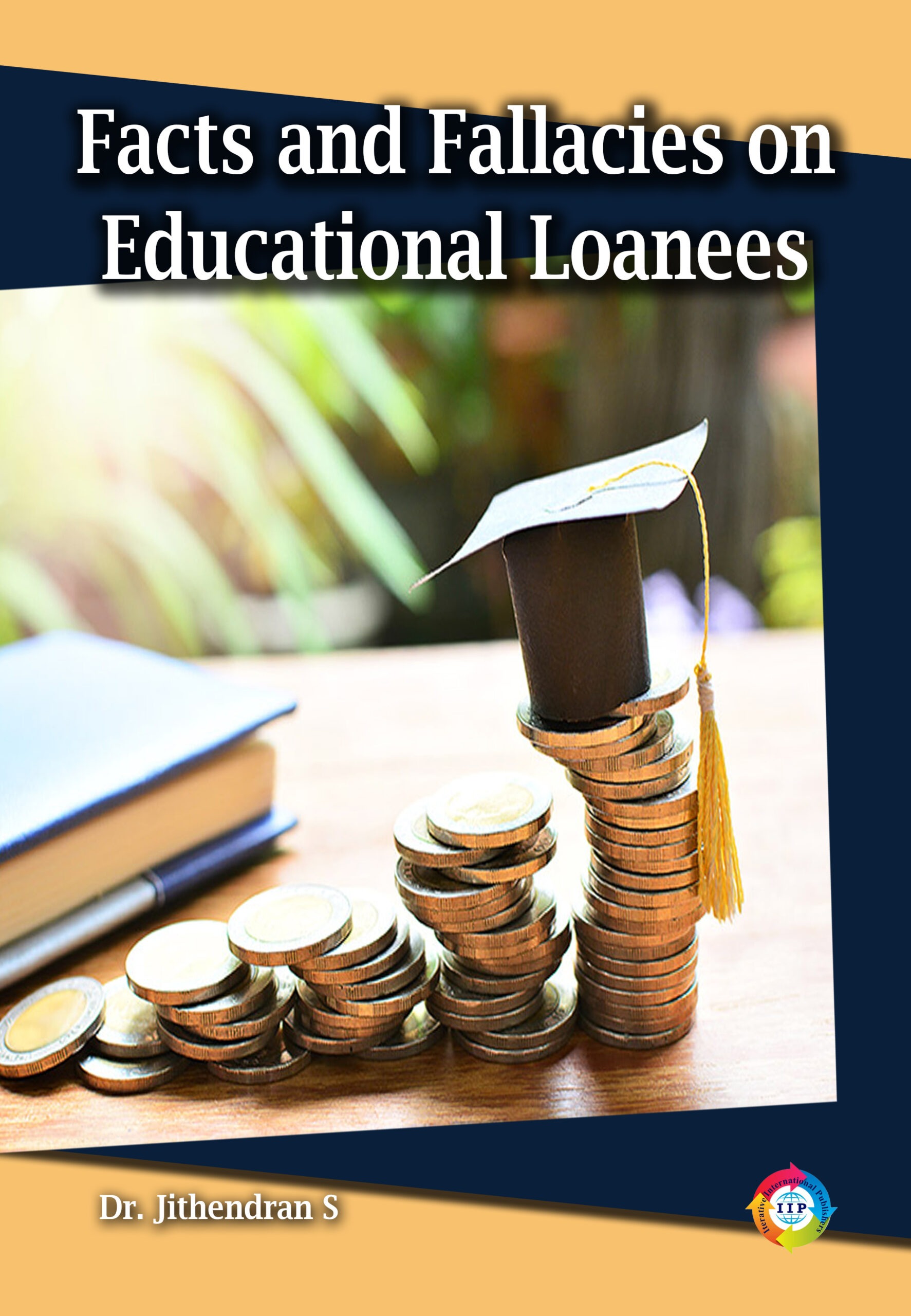

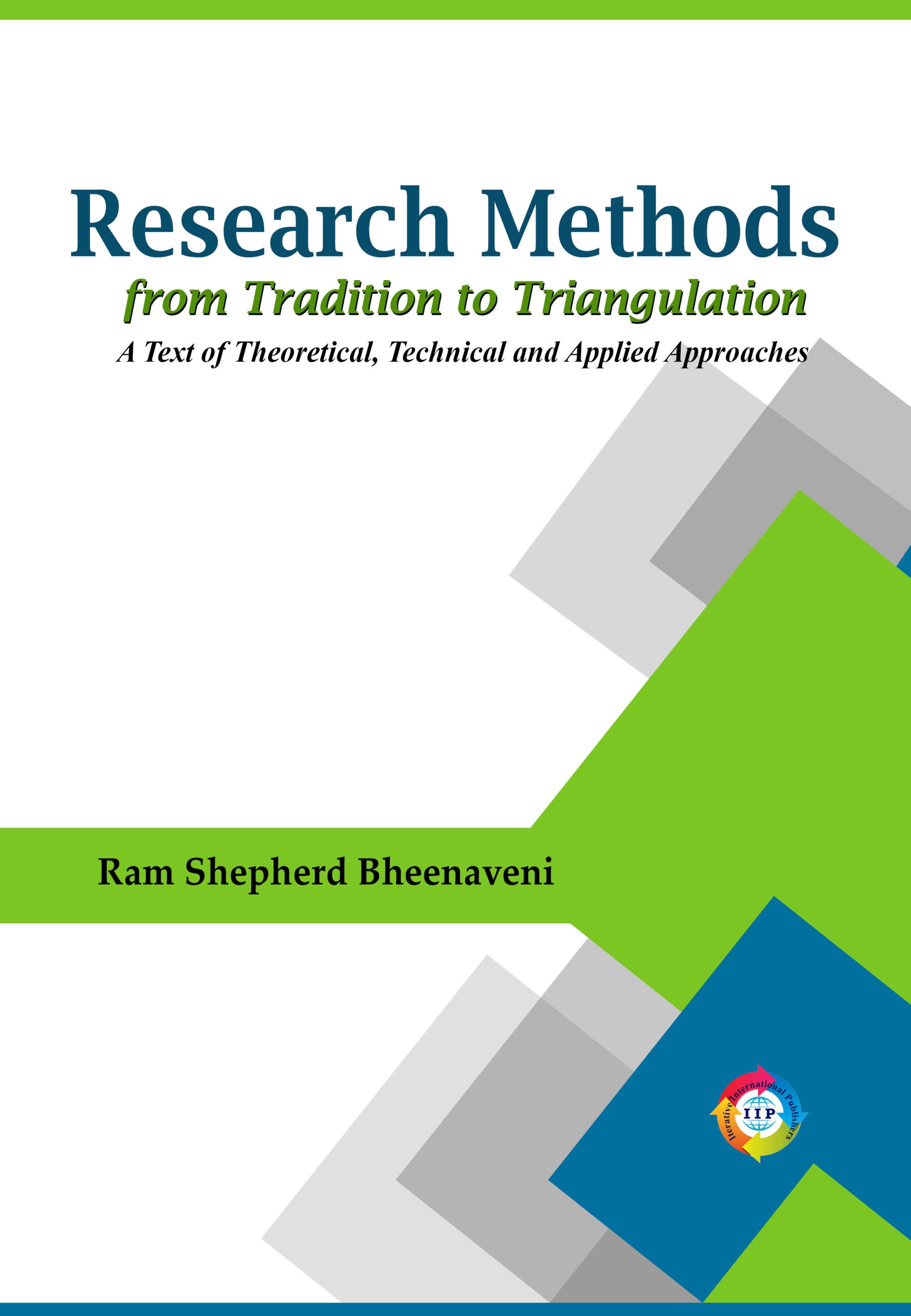
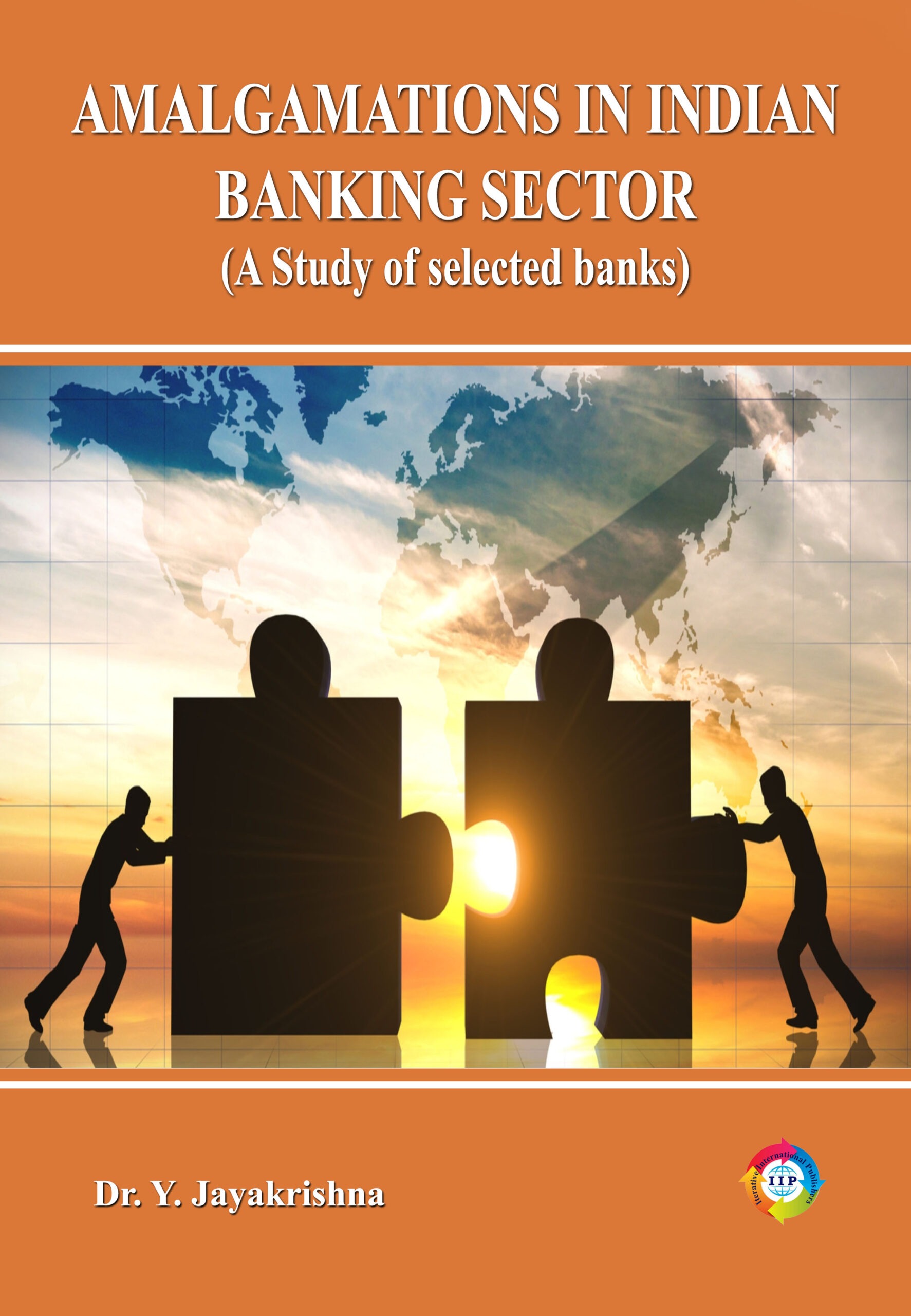
Reviews
There are no reviews yet.